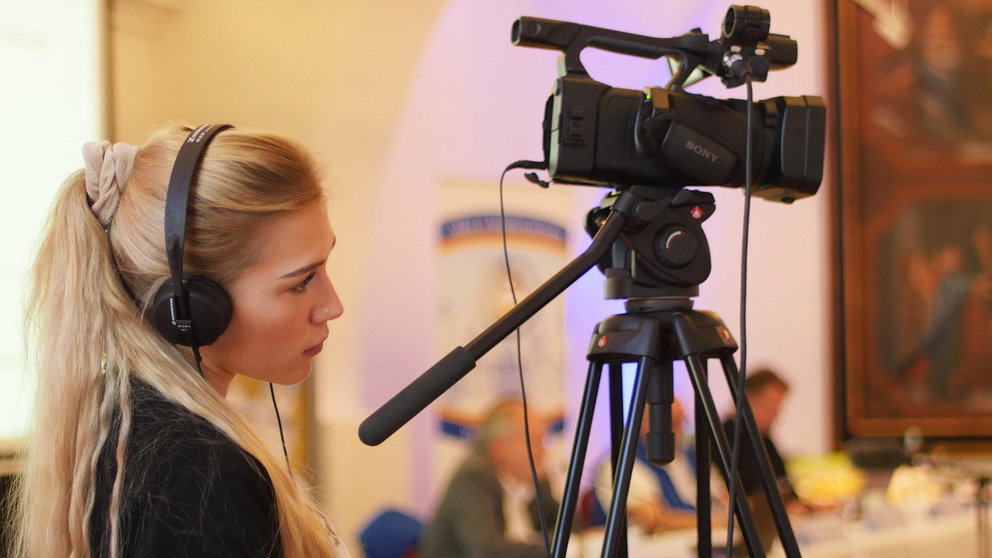In 2018, the average share of people aged 20-64 who worked part-time in the European Union (EU) stood at 19%. In 2005, the share was 17% and it has been rising gradually since then, reaching 18% in 2010 and 19% in 2012, according to the latest figures published by the EU's statistical agency (Eurostat).
Among the EU Member States, the Netherlands has the highest proportion of part-time employment in this age group (47%), followed by Austria (28%) and Germany (27%).
 Image source: Eurostat.
Image source: Eurostat.
At the other end of the scale, there are four Member States which have 5% or less of their 20-64 year old population in part-time employment: Croatia and Slovakia (both 5%), Hungary (4%) and Bulgaria (2%).
 In Finland, the general rate of part-time work is 14%, this is 5 percentage points below the EU average. However, as in all EU Member States, there are large gender differences. So, in the specific case of Finland, the rate of part-time employment is 9% among men, but in the case of women it rises to 19%, more than double.
In Finland, the general rate of part-time work is 14%, this is 5 percentage points below the EU average. However, as in all EU Member States, there are large gender differences. So, in the specific case of Finland, the rate of part-time employment is 9% among men, but in the case of women it rises to 19%, more than double.
Even so, this gender mismatch is less marked in the Finnish case than in other countries. Eurostat remarked that in every EU Member State in 2018, the proportion of people aged 20-64 in part-time employment was higher among women than among men. Across the EU as a whole, 31% of women aged 20-64 were in part-time employment compared with 8% for men, a difference of 23 percentage points.
The largest differences between the part-time employment rates for women and for men were in the Netherlands (51 percentage points), Austria (38 pp) and Germany (37). In contrast, the differences were smallest in Bulgaria (0.4 pp) and Romania (0.6 pp).
Image source: Eurostat











